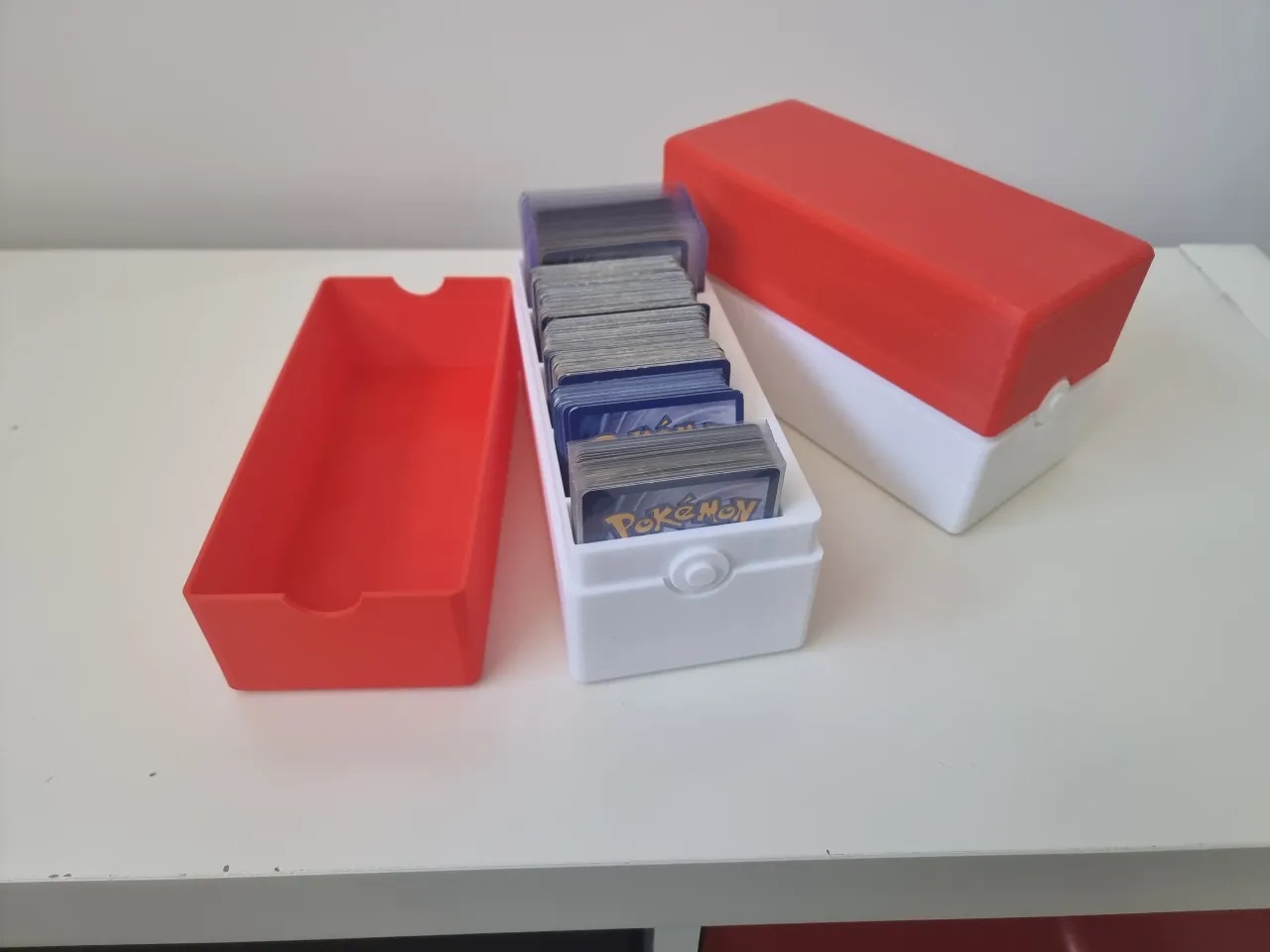

Articles
How To Store Pokemon Cards
Modified: February 27, 2024
Looking to store your precious Pokemon cards? Check out our informative articles on how to safely store and preserve your collection.
(Many of the links in this article redirect to a specific reviewed product. Your purchase of these products through affiliate links helps to generate commission for Storables.com, at no extra cost. Learn more)
Introduction
Collecting Pokemon cards can be a fun and rewarding hobby for enthusiasts of all ages. However, it’s essential to properly store and protect your collection to ensure its longevity and value. With the right storage methods and care, you can preserve your Pokemon cards for years to come.
In this article, we will explore the various techniques and strategies for storing and maintaining your Pokemon card collection. From choosing the right storage method to organizing and displaying your cards, we’ll cover the necessary steps to keep your collection safe and in pristine condition.
Whether you’re a seasoned collector or just starting your Pokemon card journey, this guide will provide valuable insights and tips for storing and caring for your cherished cards.
Key Takeaways:
- Proper storage, protection, and organization are essential for preserving the value and longevity of your cherished Pokemon card collection. Choose the right storage method, handle with care, and display creatively to enhance your collecting experience.
- Cleaning and maintaining your Pokemon cards with gentle care and attention to detail will ensure their pristine condition and long-term value. Regular inspections, proper handling, and climate-controlled storage are key to preserving the beauty of your collection.
Read more: How To Store Bulk Pokemon Cards
Choosing the Right Storage Method
When it comes to storing your Pokemon cards, it’s crucial to choose the right storage method to protect them from dust, moisture, and damage. Here are a few options to consider:
1. Card Sleeves: One of the most popular and affordable options for storing Pokemon cards is using card sleeves. These plastic sleeves are designed to fit standard-sized trading cards and provide a protective barrier against scratches and dirt. Look for sleeves made from archival-quality materials that are acid-free and PVC-free to prevent any potential damage to your cards over time.
2. Binders: Using a binder with card sleeves is a great way to organize and display your Pokemon cards. Binders offer convenience and easy access to your collection, allowing you to flip through the pages and admire your cards. Opt for binders with sturdy covers and consider using plastic sheets with built-in pockets to keep each card securely in place.
3. Storage Boxes: If you have a large collection, storage boxes can be an efficient option to keep your cards organized. Look for boxes made specifically for trading cards, with dividers or compartments to separate different sets or categories. Ensure that the boxes are durable, moisture-resistant, and have a tight-fitting lid to protect your cards from any potential damage.
4. Deck Boxes: If you enjoy playing the Pokemon trading card game, deck boxes are an excellent choice for storing and transporting your decks. These boxes are designed to hold a set number of cards along with dice, coins, or other accessories. Look for deck boxes that provide a snug fit for your cards and have a secure closure to prevent them from accidentally falling out.
Whichever storage method you choose, it’s essential to handle your Pokemon cards with care and avoid overcrowding them. Overstuffing card sleeves or cramming too many cards into a binder can result in bent corners and creases, diminishing their value and aesthetics.
Remember to keep your storage area clean, dry, and away from direct sunlight or extremes in temperature. Proper maintenance and regular inspections of your storage method will help you identify any potential issues early on and take appropriate measures to protect your valuable Pokemon cards.
Protecting Your Pokemon Cards
Protecting your Pokemon cards is essential to preserve their condition and value. Here are some tips to help you protect your collection:
1. Keep Them Clean: Regularly clean your cards to remove any dust, fingerprints, or other debris. Use a soft, lint-free cloth or a microfiber cloth to gently wipe the surface of the cards. Avoid using harsh chemicals or abrasive materials, as they can damage the card’s finish.
2. Handle with Care: When handling your Pokemon cards, make sure to handle them with clean hands and avoid touching the surface of the cards. The oils and dirt from your fingers can cause smudges and stains on the cards. Hold them by the edges or use a pair of clean, dry gloves to minimize the contact.
3. Avoid Liquid Exposure: Keep your cards away from liquids, as water damage can ruin them. Accidental spills or exposure to moisture can lead to warping, discoloration, or mold growth. Store your cards in a dry environment, and if you live in a humid area, consider using silica gel packets or desiccant packs to absorb excess moisture.
4. Be Mindful of Sunlight: Prolonged exposure to direct sunlight can fade the colors of your cards and cause them to become brittle. Store your cards in a cool, shaded area, away from windows or any other sources of UV rays. UV-resistant sleeves or containers can offer additional protection against sunlight damage.
5. Separate Played and Mint Condition Cards: If you play with your Pokemon cards, it’s a good idea to separate your played cards from those in mint condition. Use different storage options for each category to avoid mixing them up. You can use card sleeves and binders for your mint cards and keep your played cards in a separate, more easily accessible storage method.
6. Don’t Fold or Bend Cards: Folding or bending the cards can cause irreparable damage and decrease their value. Avoid any actions that may bend or warp the cards, such as placing heavy objects on top of them or storing them in a way that puts pressure on the cards. Keep them as flat and straight as possible.
By following these protection techniques, you can ensure that your Pokemon cards remain in excellent condition and retain their value over time. Proper care and handling will not only preserve the cards’ aesthetic appeal but also enhance your overall collecting experience.
Organizing Your Collection
Organizing your Pokemon card collection is essential for easy access, showcasing your favorite cards, and tracking your collection’s growth. Here are some tips to help you effectively organize your cards:
1. Sort by Set: Pokemon cards are typically organized into different sets, which represent different expansions or series. Start by sorting your cards by set, grouping together cards from the same expansion. This will help you quickly locate specific cards and build cohesive sets.
2. Categorize by Type: Another way to organize your Pokemon cards is by their type. Pokemon cards are classified into various types, such as Grass, Fire, Water, Electric, etc. Create separate sections or dividers within your storage method for each card type. This will allow you to easily find cards of a specific type when building decks or trading.
3. Alphabetical Order: Consider organizing your cards alphabetically within each set or category. This can be particularly helpful when searching for specific Pokemon or trainer cards. Use dividers or labels with the alphabet letters to create sections within your storage method for each letter.
4. Numeric Order: If you prefer a more systematic approach, you can organize your cards by their card number. Each Pokemon card has a unique number assigned to it within its set. Sorting your cards in numerical order can make it easier to track missing cards from your collection and identify gaps to fill.
5. Rarity or Value: For collectors interested in showcasing their rare or valuable cards, organizing them separately can be a great option. You can create a separate section within your storage method specifically for rare cards, such as holographic or ultra-rare cards. This will make it easier to showcase and protect these prized possessions.
6. Label or Catalog System: To keep track of your collection, consider creating a labeling or catalog system. Assign unique identifiers to each card, such as a number or barcode, and create a corresponding spreadsheet or digital catalog with details about each card. This will help you easily search for specific cards and have a comprehensive overview of your collection.
Remember to regularly update and maintain your organization system as you acquire new cards or make changes to your collection. It’s important to keep your collection organized not only for practical purposes but also to showcase and appreciate the beauty of your Pokemon cards.
Store your Pokemon cards in a cool, dry place to prevent warping and damage. Use protective sleeves and a binder to keep them organized and safe from wear and tear.
Displaying Your Pokemon Cards
Displaying your Pokemon cards is a fantastic way to showcase your collection and share your love for the game with others. Here are some creative and practical ways to display your precious cards:
1. Card Frames: Utilize card frames to transform your favorite Pokemon cards into decorative pieces of art. Card frames are specially designed to hold your cards securely while allowing you to hang them on the wall. Consider framing rare or highly cherished cards to highlight their beauty and significance.
2. Shadow Boxes: Shadow boxes are deep, framed cases that provide a three-dimensional display for your Pokemon cards. Arrange cards in an appealing manner within the shadow box and add miniature figurines or other Pokemon-related items to create an eye-catching and immersive display.
3. Acrylic Card Stands: Acrylic card stands are small, transparent stands that can hold individual Pokemon cards upright. These stands are perfect for displaying specific cards on shelves, desks, or even in a display cabinet. They provide a sleek and minimalist way to showcase your favorite cards.
4. Display Albums: Display albums, often made of transparent sleeves, allow you to show off your Pokemon cards while still keeping them protected. These albums are perfect for easily flipping through your collection and giving others a glimpse into your favorite cards. Look for albums with acid-free pages to ensure the longevity of your cards.
5. Card Display Cases: If you have rare and valuable Pokemon cards that require extra protection, consider investing in card display cases. These cases are designed to hold a set number of cards and offer a secure environment to prevent damage. Display cases typically come with a clear cover to allow for viewing.
6. Rotating Card Stand: For collectors who want to display multiple cards at once, a rotating card stand is an excellent choice. These stands can hold multiple cards and rotate, allowing you to easily view and appreciate each card in your collection without taking up too much space.
7. Themed Displays: Get creative and incorporate Pokemon-themed decor to enhance your card displays. Consider creating a themed background, using figurines or props to create a scene, or even building a diorama to bring your Pokemon cards to life in a unique and personalized way.
Remember to periodically check your displayed cards for any signs of damage or wear, and make necessary adjustments or replacements as needed. With a well-developed display, you can not only enjoy your collection but also inspire others with the wonder and excitement of Pokemon cards.
Read more: How To Store Card Games
Storing Rare and Valuable Cards
If you have rare and valuable Pokemon cards in your collection, it’s crucial to take extra precautions to ensure their safety and preservation. Here are some tips for storing your rare and valuable cards:
1. Individual Card Sleeves: Protect each rare card by placing it in its own individual card sleeve. This provides an additional layer of protection and helps prevent scratching or damage from contact with other cards.
2. Toploaders: Consider using toploaders for your most valuable cards. Toploaders are rigid plastic sleeves that encase the card, providing excellent protection against bending or accidents. Be sure to choose toploaders that fit the size of your cards perfectly to avoid any movement or sliding.
3. Card Savers: Card savers are transparent plastic cases designed to hold a single card. They provide superior protection against dust, moisture, and physical damage. Card savers are often used by collectors and professional grading companies to preserve the condition of valuable cards.
4. Graded Card Cases: If you have rare cards that have been professionally graded, such as PSA or BGS graded cards, they often come in protective cases. These cases are specifically designed to safeguard graded cards and display them while maintaining their condition.
5. Safe Deposit Box or Fireproof Safe: For ultimate protection, consider storing your rare and valuable cards in a safe deposit box or a fireproof safe. These options provide additional security against theft, damage from accidents, and natural disasters.
6. Climate Control: Ensure that the storage environment for your rare cards is climate-controlled. Extreme changes in temperature and humidity can damage the cards, causing warping, discoloration, or degradation. Maintain a consistently cool and dry environment for the cards to prevent any potential damage.
7. Insurance: If you have an extensive collection of rare and valuable cards, it may be worth considering insuring them. Speak to your insurance provider to discuss options for coverage specifically tailored to your collection. This can provide peace of mind in case of loss, theft, or damage.
Remember to periodically inspect the condition of your rare cards and make any necessary adjustments to the storage method. With proper care and storage, your rare and valuable Pokemon cards will maintain their value and quality for years to come.
Cleaning and Maintaining Your Pokemon Cards
Cleaning and maintaining your Pokemon cards is essential to keep them in pristine condition and ensure their longevity. Here are some tips on how to properly clean and maintain your cards:
1. Handle with Clean Hands: Always wash your hands thoroughly before handling your Pokemon cards. Oils, dirt, and other residues on your hands can transfer onto the cards and cause smudging or staining. Additionally, avoid wearing jewelry or accessories that could scratch the cards.
2. Use a Soft Cloth: To remove dust or light dirt from your cards, gently wipe them with a soft, lint-free cloth or a microfiber cloth. Start from one corner and gradually work your way across the surface of the card. Avoid applying excessive pressure to prevent any potential damage.
3. Avoid Cleaning Solutions: It is generally not recommended to use cleaning solutions on your Pokemon cards, as they can potentially damage the card’s surface or ink. Instead, rely on gentle dry cleaning methods to keep your cards clean. If there are sticky residues or stubborn stains, consult a professional card restoration expert for advice.
4. Store in a Clean Environment: Ensure that the area where you store your Pokemon cards is clean and free from dust, dirt, and debris. Regularly clean and dust the storage containers, shelves, or display cases to minimize the risk of contaminants coming into contact with your cards.
5. Rotate Cards in Storage: If you have cards on display or stored in binders, consider rotating them periodically. This helps prevent long-term exposure to light and minimizes the risk of fading or discoloration. Store the rotated cards in a safe and clean place while they are not on display.
6. Avoid Extreme Temperatures and Humidity: Extreme temperature fluctuations or high humidity can cause damage to the cards, such as warping or moisture absorption. Store your cards in a cool, dry environment, and avoid exposing them to direct sunlight or areas with high humidity.
7. Regularly Check for Damage: Regularly inspect your Pokemon cards for any signs of damage, such as bent corners, creases, or discoloration. Immediately take action to address any issues, such as replacing damaged card sleeves or seeking professional restoration for valuable cards.
By following these cleaning and maintenance practices, you can ensure that your Pokemon cards remain in excellent condition and retain their value over time. Remember to handle them with care and enjoy the longevity of your cherished collection.
Conclusion
Properly storing and maintaining your Pokemon card collection is essential to preserve its value, longevity, and overall enjoyment. By following the right storage methods, protecting your cards, organizing them effectively, and displaying them with care, you can ensure that your collection remains in excellent condition.
Choosing the right storage method, such as card sleeves, binders, or storage boxes, is the first step in safeguarding your cards from dust, moisture, and damage. Protecting your cards with individual sleeves, toploaders, or card savers is crucial, especially for rare and valuable cards. Additionally, maintaining a clean and organized collection enables easy access, tracking, and showcasing of your favorite cards.
When displaying your Pokemon cards, consider creative options such as card frames, shadow boxes, acrylic stands, or display albums to enhance their visual appeal. Remember to regularly check for any signs of damage and make necessary adjustments to your storage and display methods.
Cleaning and maintaining your cards requires handling them with clean hands, using gentle cleaning techniques, and keeping them in a clean and climate-controlled environment. Regularly inspecting for damage and seeking professional assistance when necessary ensure the long-term quality of your collection.
In conclusion, taking proper care of your Pokemon cards is not only crucial for their preservation but also adds to the overall enjoyment and pride of owning a collection. Whether you’re a serious collector or a casual enthusiast, following these practices will help you keep your cards in excellent condition, protect their value, and continue to appreciate the beauty of your collection for years to come.
Frequently Asked Questions about How To Store Pokemon Cards
Was this page helpful?
At Storables.com, we guarantee accurate and reliable information. Our content, validated by Expert Board Contributors, is crafted following stringent Editorial Policies. We're committed to providing you with well-researched, expert-backed insights for all your informational needs.

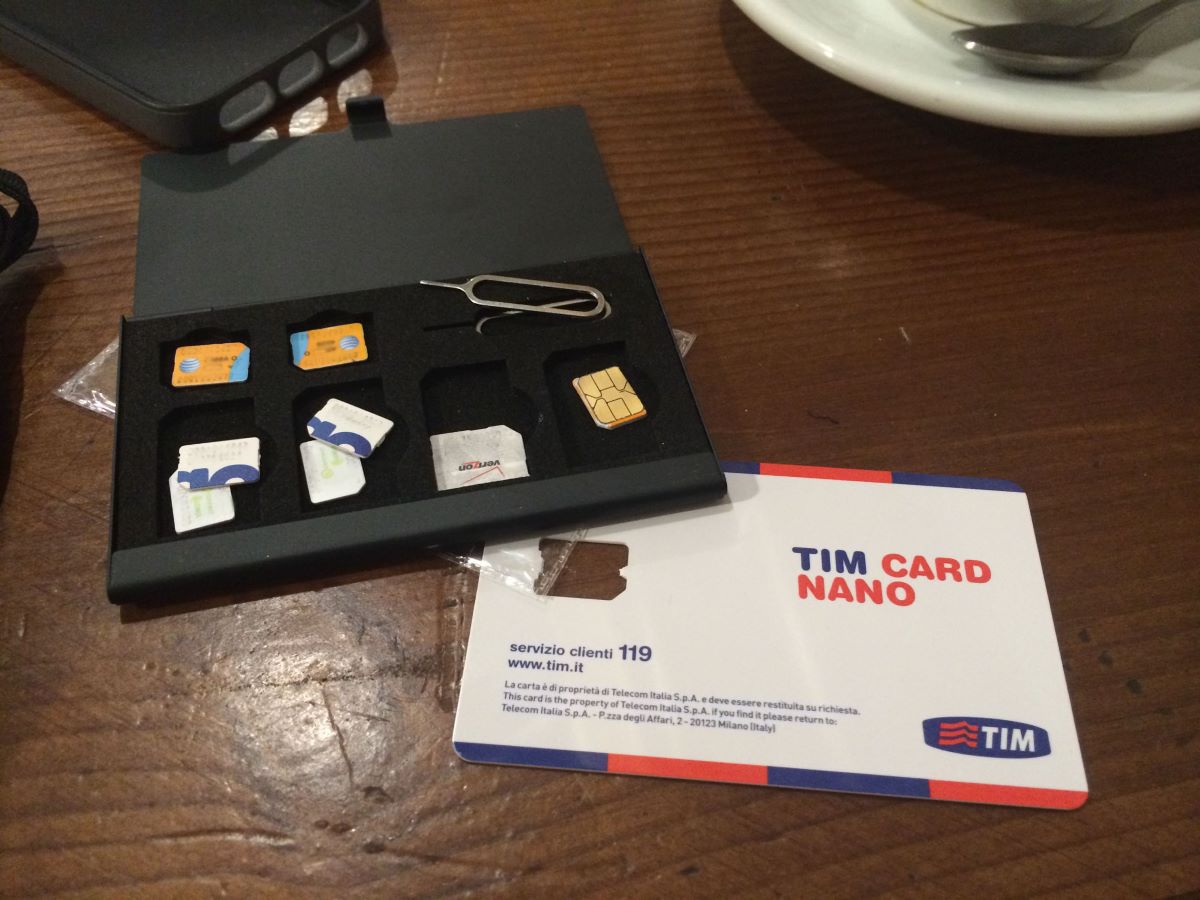
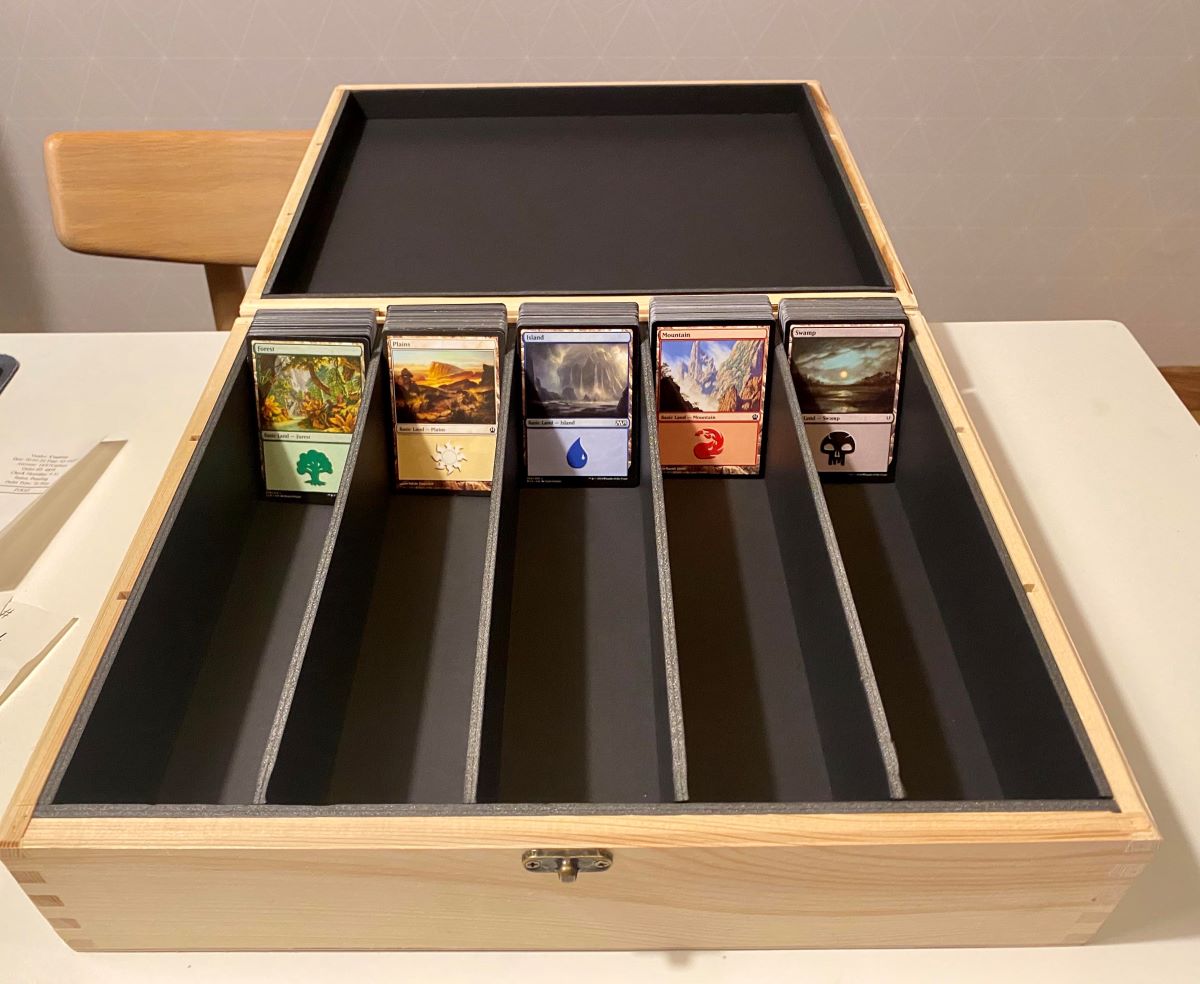
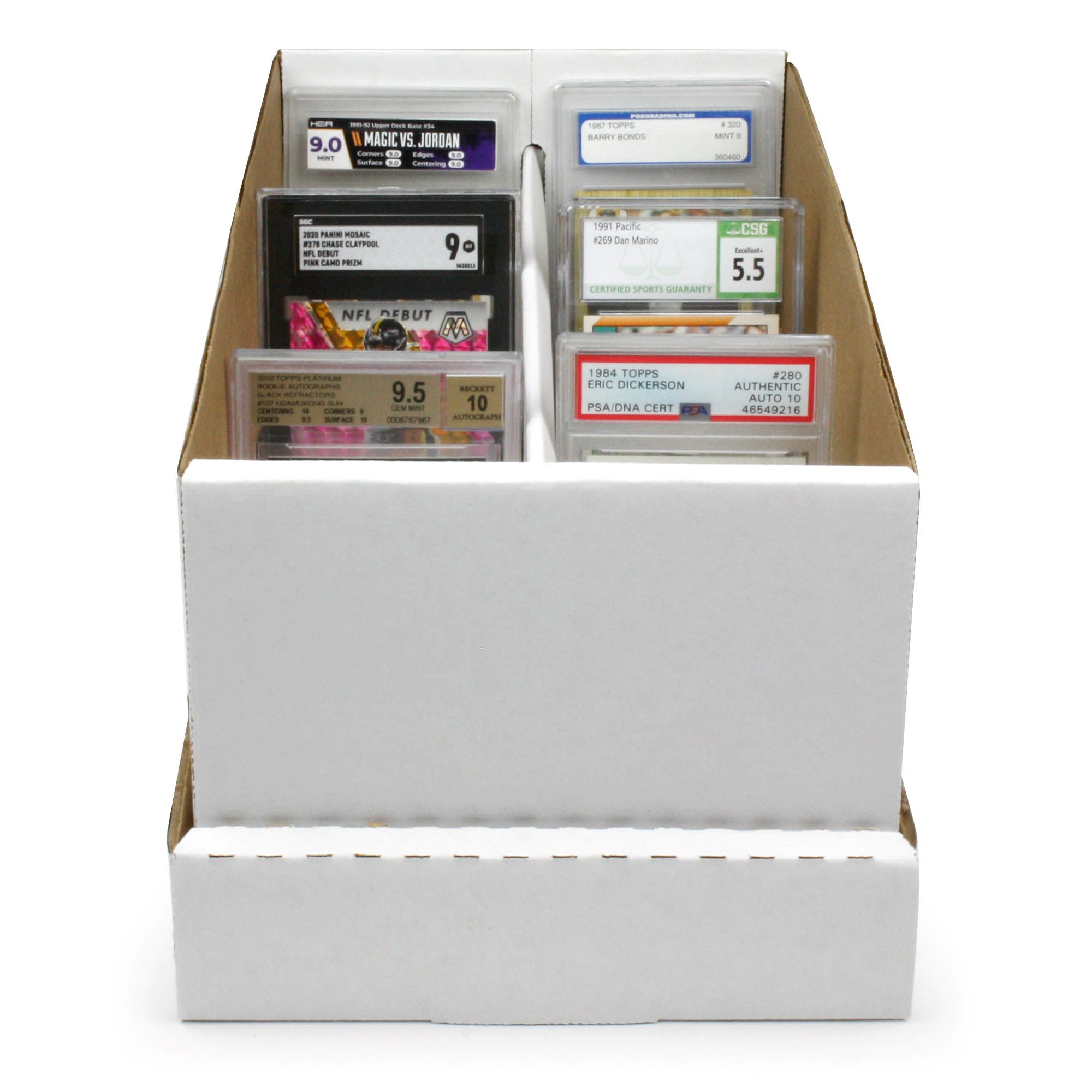

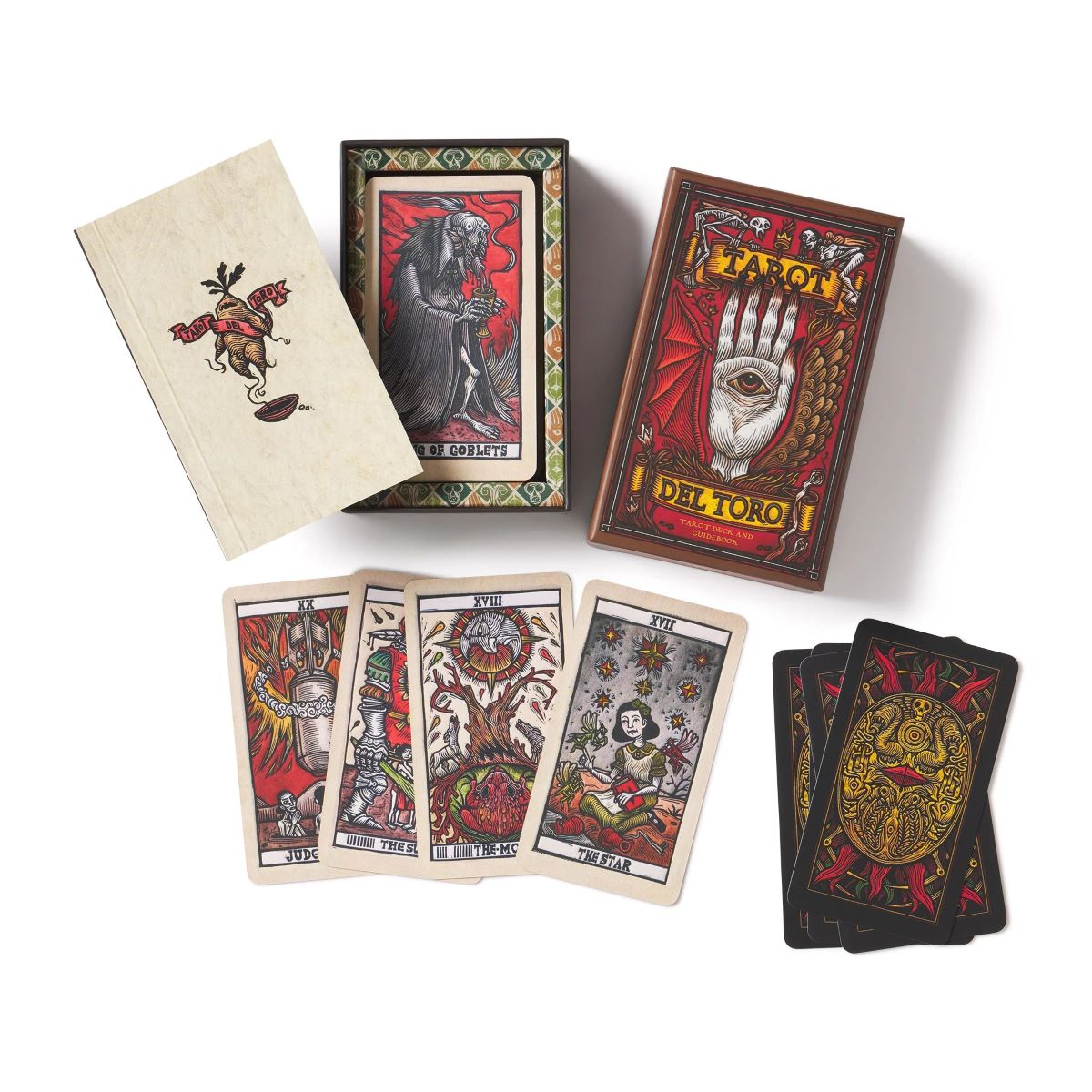
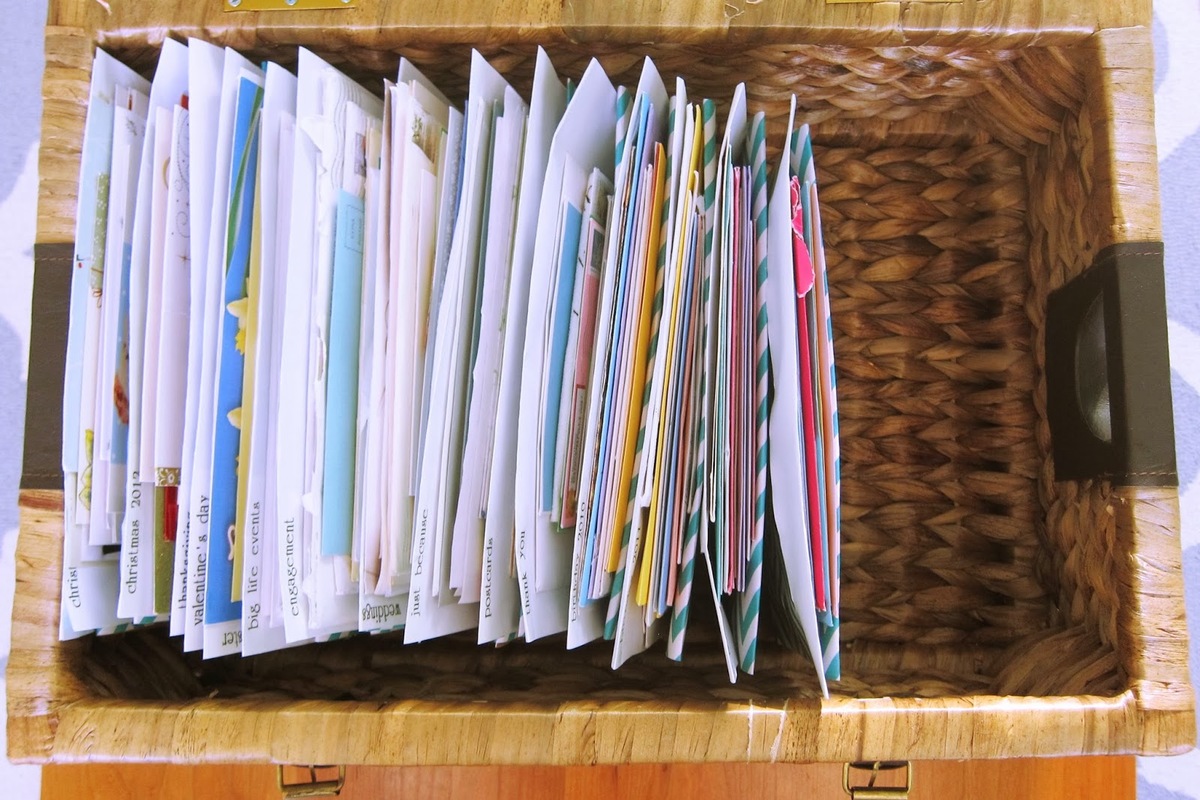
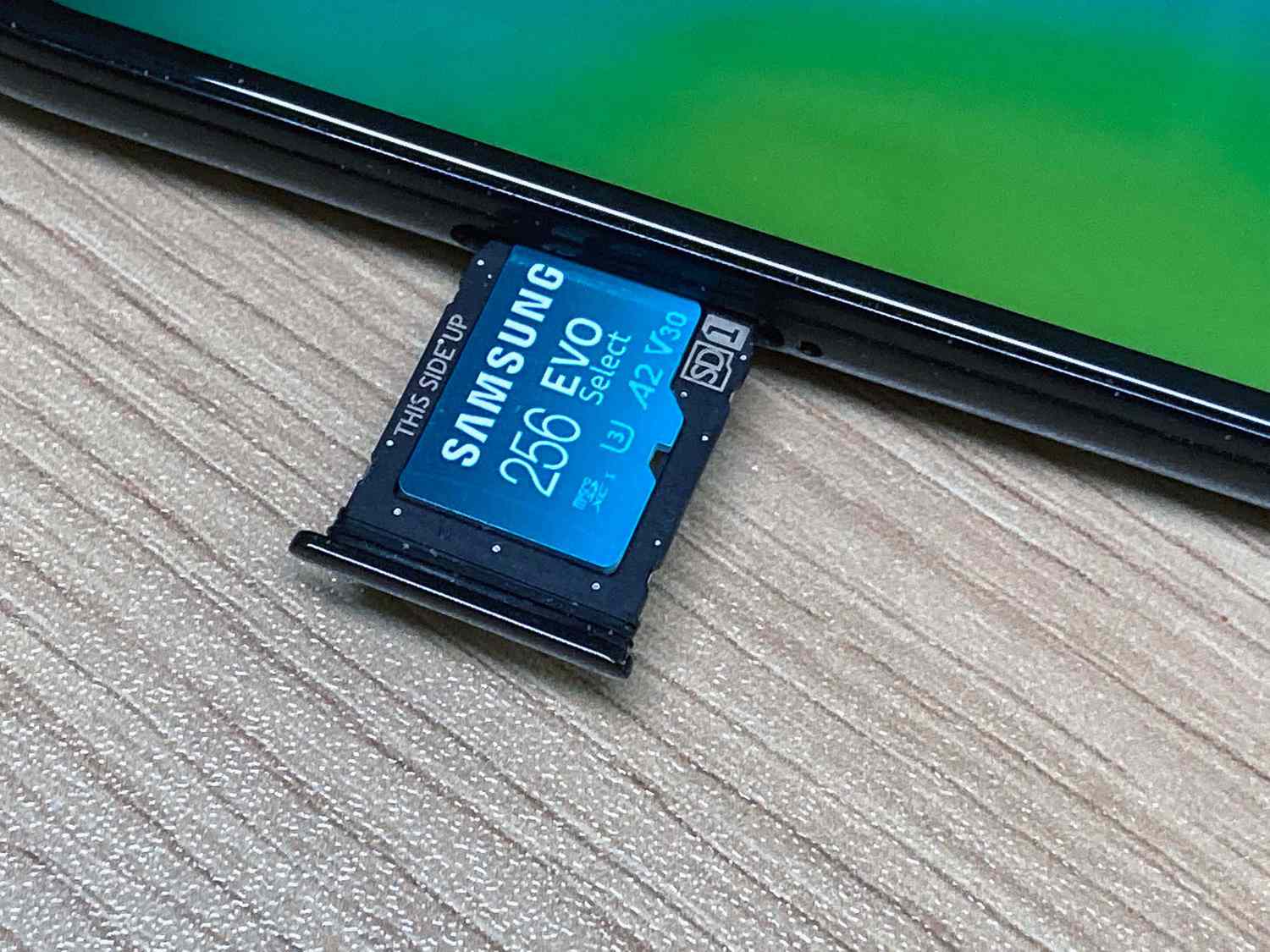
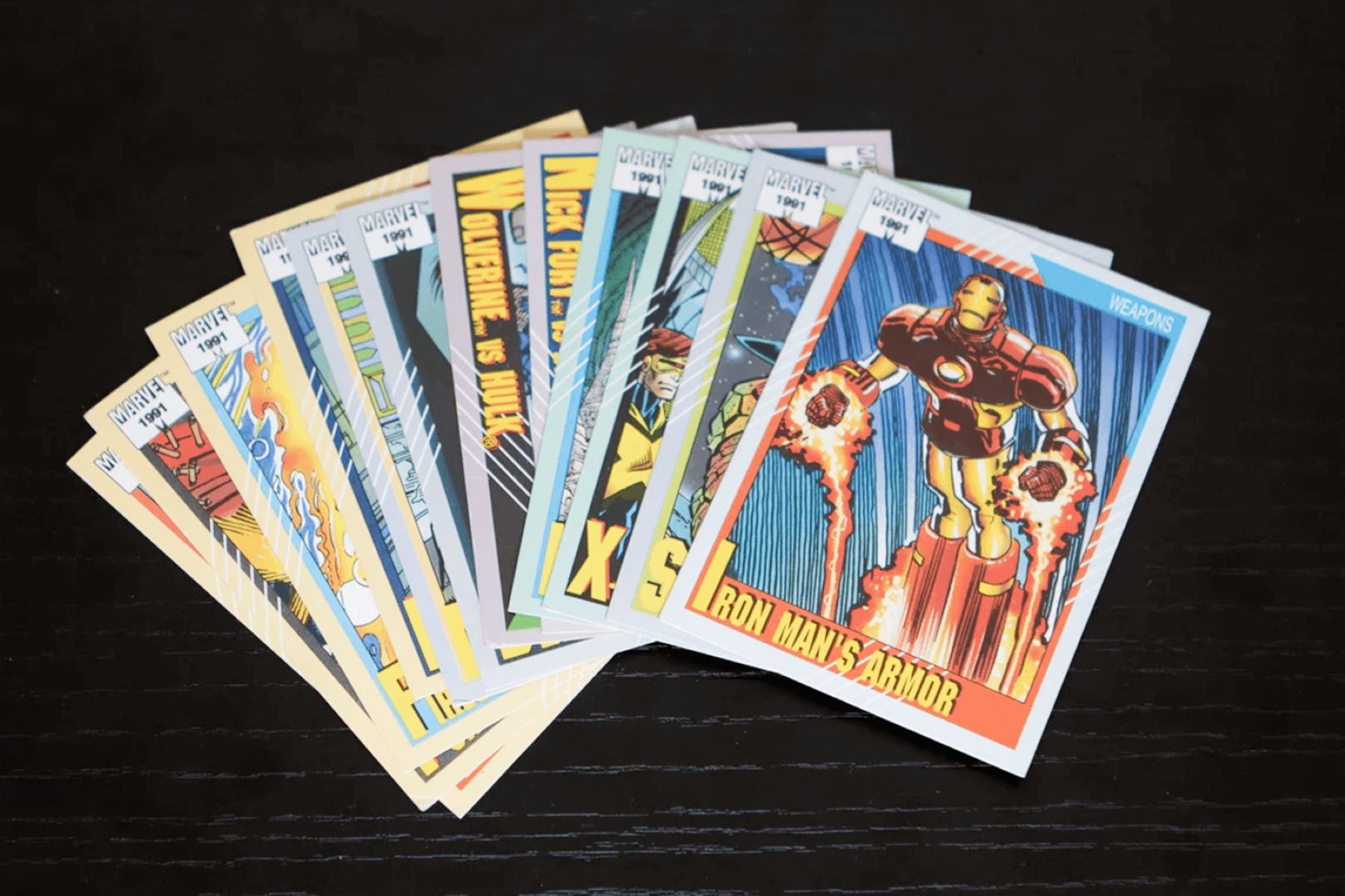
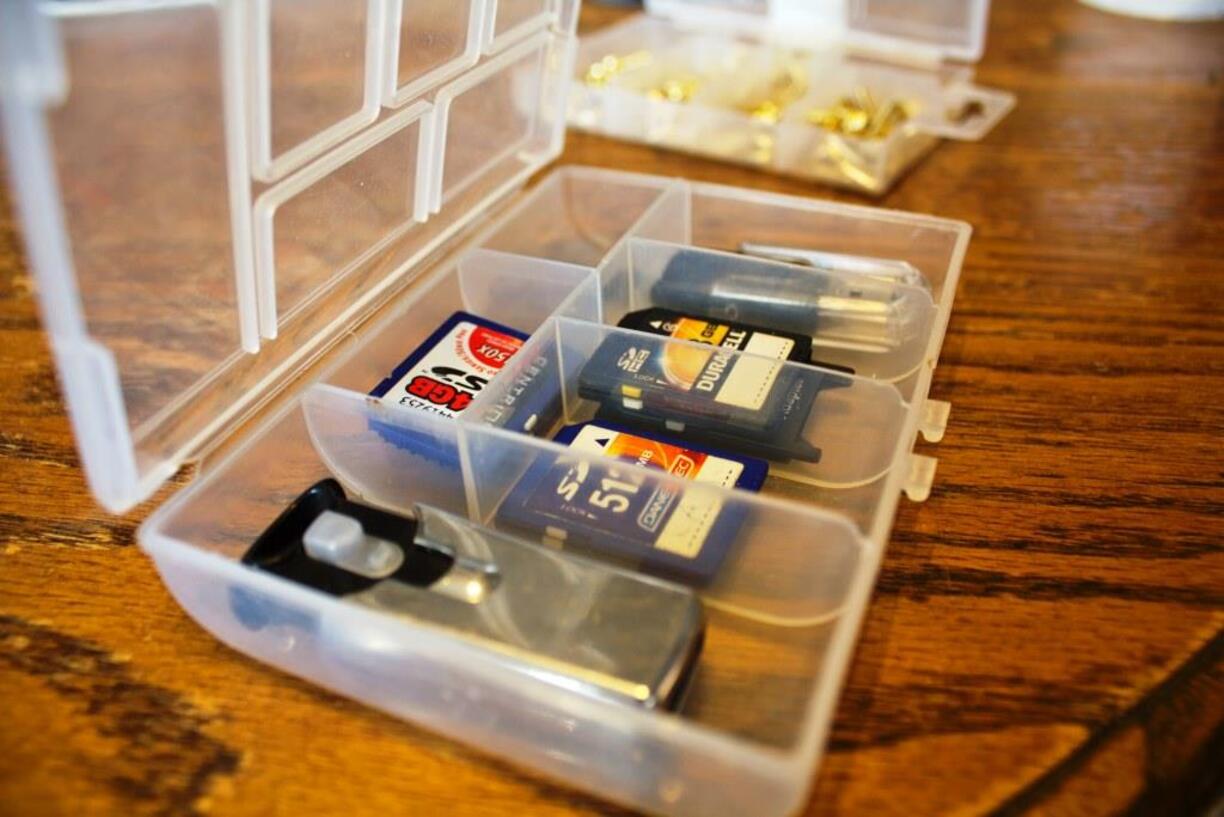
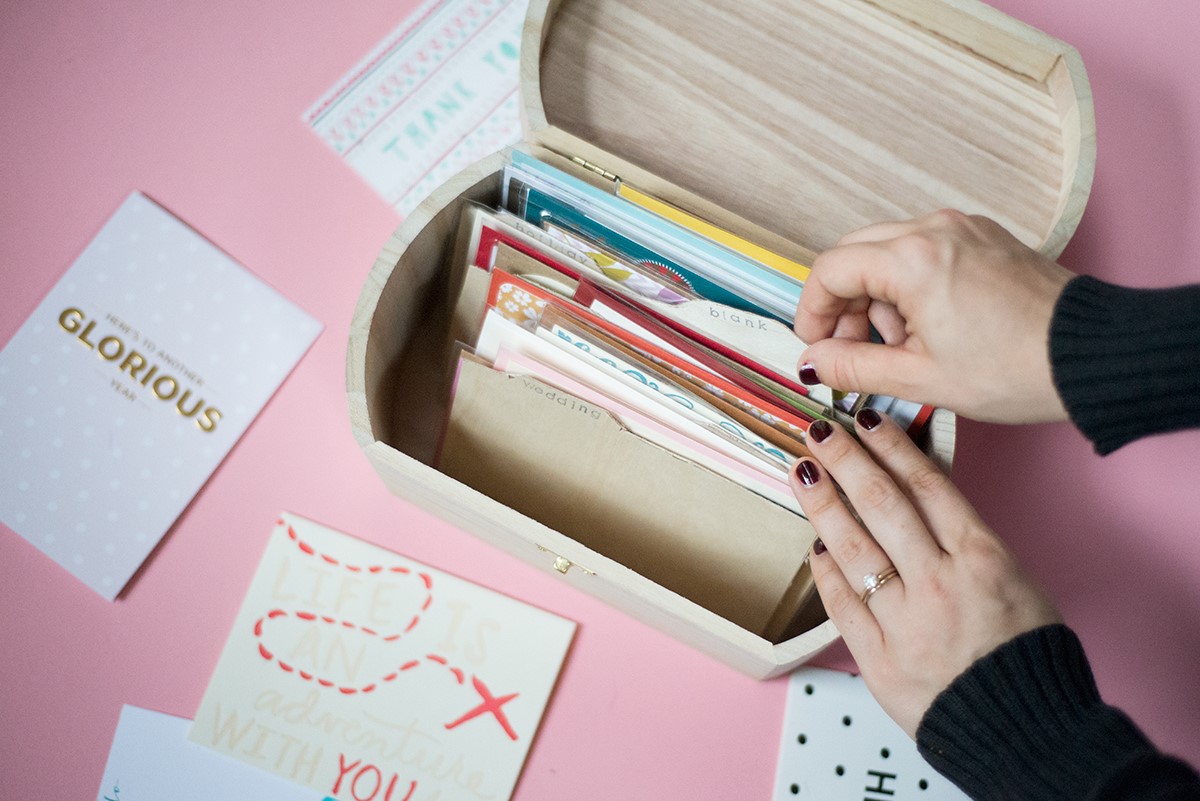
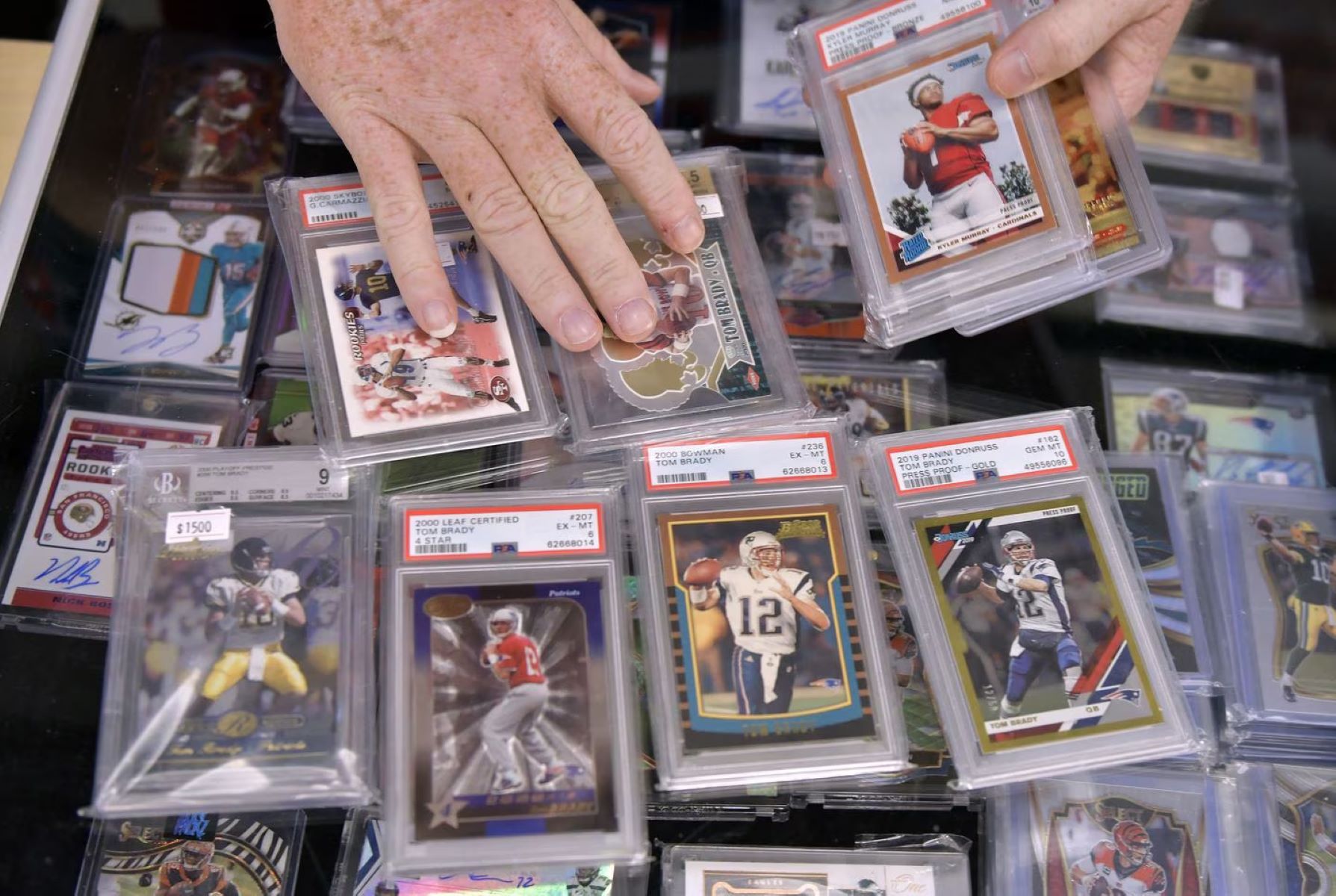
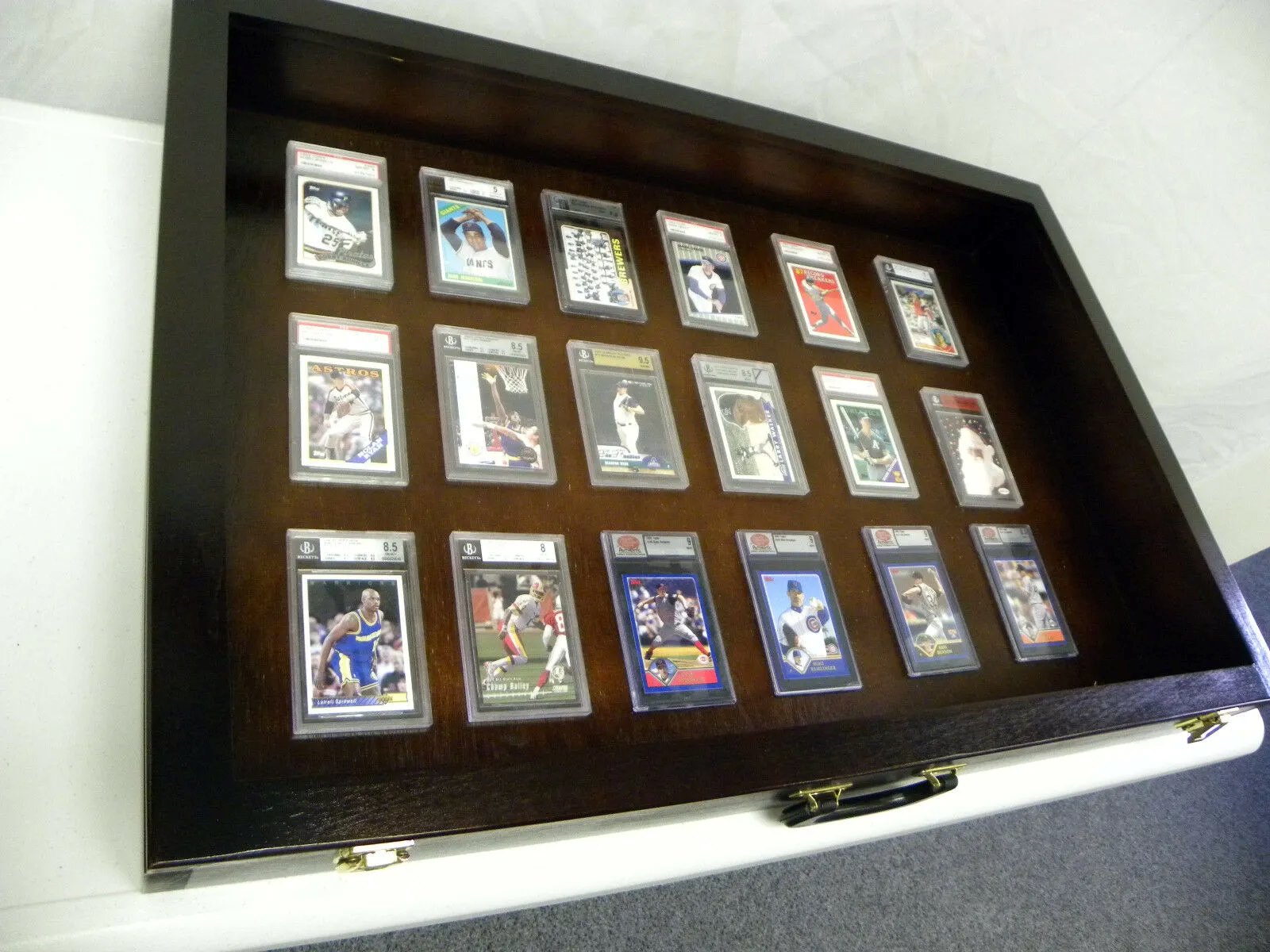
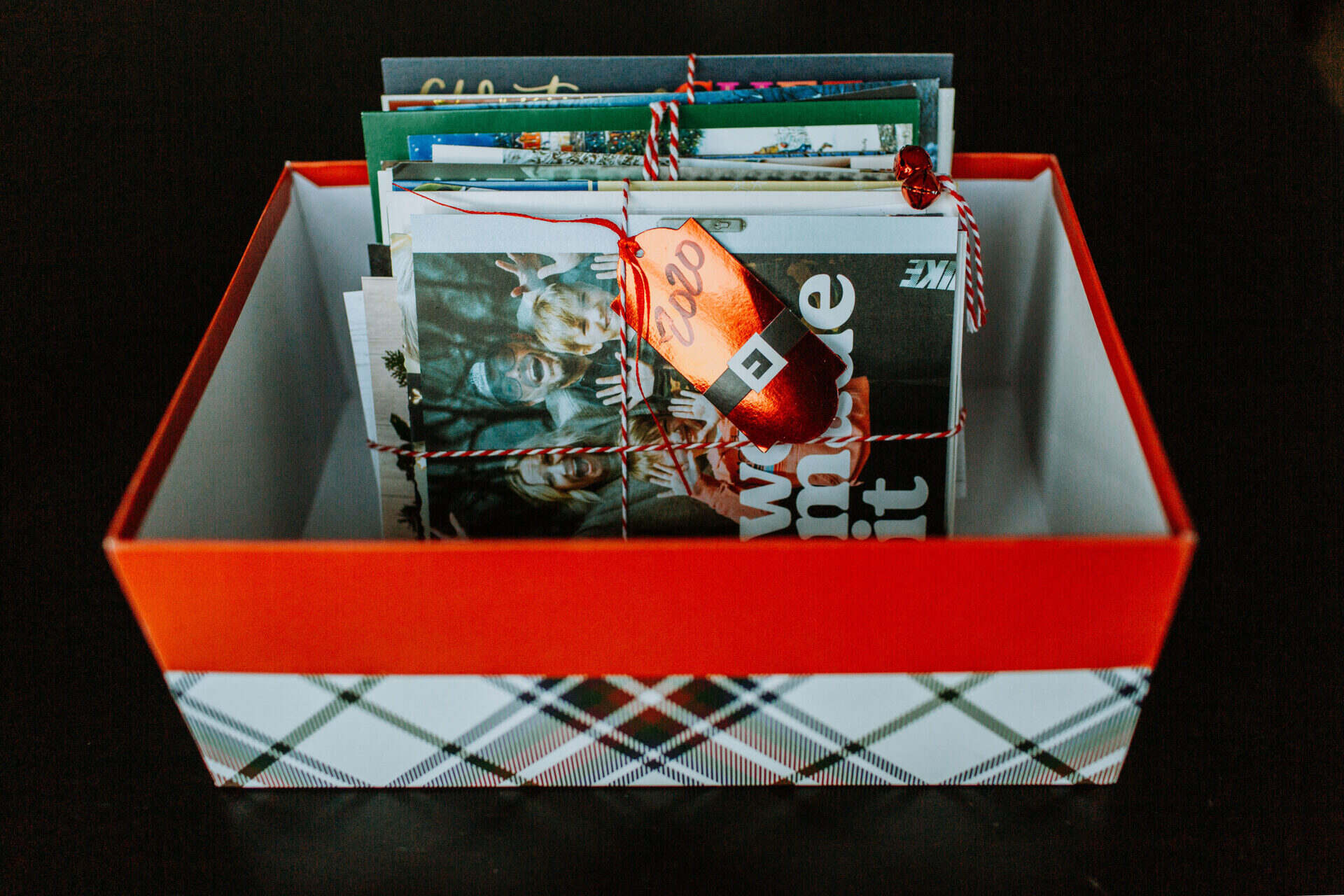

0 thoughts on “How To Store Pokemon Cards”